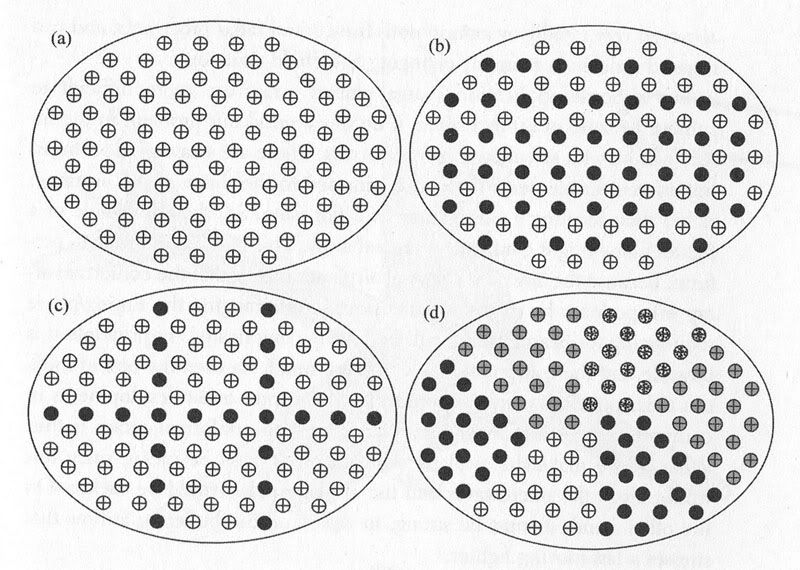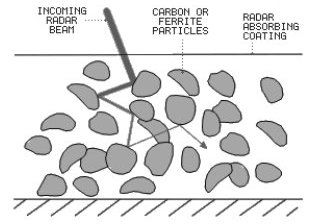Picdelamirand-oil
PROFESSIONAL

- Joined
- Feb 14, 2016
- Messages
- 462
- Reaction score
- 5
- Country
- Location

GaN evolves in the X band
A GaN Spectra transmitter demonstrator is expected in 2014.
In UMS foundries’ laboratories, equally shared by EADS and Thales, a revolution is rising. Next year, a X-band gallium nitride (GaN) semiconductors production should be validated. This is a first in Europe.
Since that year, UMS had already succeeded in mastering the production of components operating in S-band GaN, aiming Thales Ground Master radars family’s market.
But the realization of X-band elements remained hitherto the preserve of the United States. For now, active antenna radars developed in Europe, as the RBE2-AESA of the Rafale, use gallium arsenide (GaAs) components as X-band hyperfrequencies amplifiers : "A same size GaN brings the promise of a gain factor of 5 on the power emitted" said the chief engineer of armaments Xavier Grison, the Directorate General of Armaments. The future of airborne radar is hence in balance on this technological revolution. "With the GaAs, the room for improvement is low and the current radars are already at their upper limit in terms of performance, "added the engineer.
GaN X-band components to be qualified in 2013.
For several years, favored by successive upstream studies programs (USP), the Directorate General of Armaments had promoted the emergence of this technology. The last USP dated, known as Ganymede, should lead to the realization of X-band components prototypes representative of those that will be used in an operational system. Under the current schedule, this step should be reached within two to three years. But next year, the GaN industrial process will already be qualified, which means that the manufacturing process will be mastered and the performance and reliability of the components will been clearly characterized.

Applications are yet to be found by UMS to penetrate wider markets for GaN components in order to ensure a significant workload for its plants.
Compared to GaAs, which was quickly needed in the wireless telecommunications, GaN components present fewer potential market outlets in civilian business. According to Xavier Grison, it will take at least five years before we see first operational applications of GaN on airborne systems.
Spectra improvement.
Rafale will undeniably benefits of GaN technology in short or longer term. Already an USP, called Incas (Integration of new capabilities to Spectra), examines the replacement of existing GaAs emitters by GaN ones. As part of this USP, a GaN Spectra transmitter demonstrator is expected for the end of 2014. The potential gains expected are increased emission power,increased efficiency, and a wider bandwith.
Again, the commissioning of such systems remains bound to the timing of Rafale evolutions which are not expected until the next decade. Even more futuristic, but also possible: replacing existing radar nose antenna by conformal ones, smart "skins" that could be easily spread over the cell combining radar, jamming, communications and other purposes ...
In the shorter term, DGA expects that GaN components could find their first operational applications in ground systems like anti-IED or other decoy systems jammers. For its part, the civilian industry could adopt this technology to develop power components for mobile phones base stations, for example. The space industry is also interested: ESA and CNES have helped fund some developments around the GaN components and their possible "spatial" applications, expecting to use them in future communication satellites. In Europe, UMS is the only chance to see the emergence of a completely independent industrial sector in the field of GaN. The challenge is important because, as they had done for GaAs, the United States do not hesitate to apply an embargo on GaN circuits.
On the British side, the RFMD factory (which provides, among others, transceiver modules used by AESA radars from Selex Galileo) managed to gain independence in the field of GaAs - but displays no desire to develop a GaN factory in Europe.
William Steuer
SPECTRA et ce que vous savez - Page 16 - Europe - AIR-DEFENSE.NET













